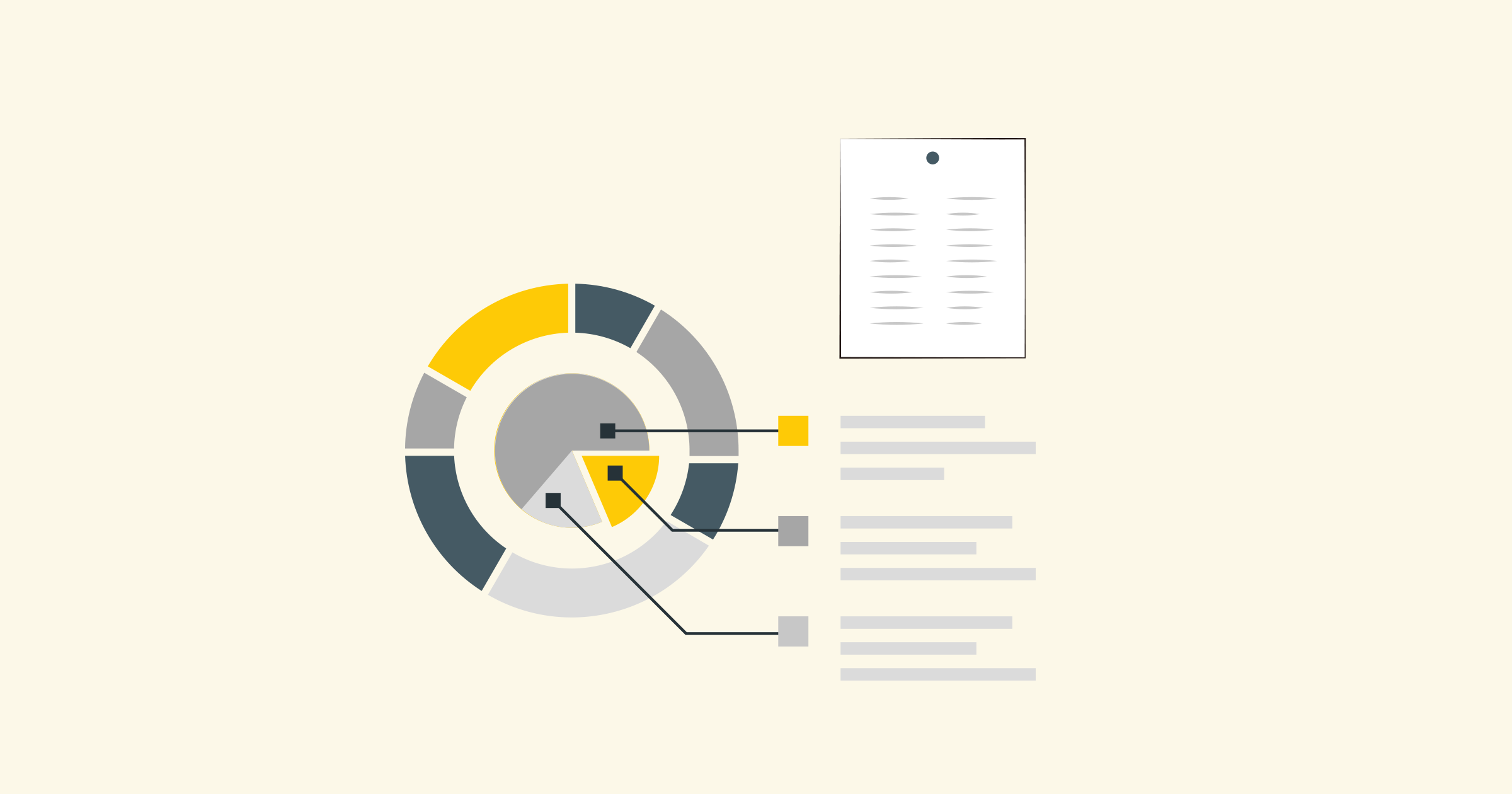Title: Leveraging Python Requests with Proxies: Enhancing Web Scraping and Data Retrieval
Introduction:
Python is a versatile programming language well-known for its simplicity and effectiveness in web scraping and data retrieval tasks. When conducting these operations, it is often necessary to use proxies to bypass restrictions or enhance privacy and security. In this blog post, we will explore how to leverage the popular Python library "requests" with proxies, enabling us to unleash the full potential of web scraping and data retrieval.
1. Understanding Proxies:
Proxies act as intermediaries between a client (our Python script) and the target server. They allow us to route our requests through a different IP address, effectively masking our identity and location. This is particularly useful when scraping websites that impose restrictions or when handling sensitive data.
2. Install the Requests Library:
Before we begin, it is crucial to have the Python "requests" library installed. If it isn't already, you can install it using pip, like so:
```python
pip install requests
```
3. Using Proxies with Requests:
To use a proxy with Python Requests, we need to pass the proxy information as a dictionary when sending our HTTP request. The dictionary should include the proxy address and the desired protocol, such as HTTP or HTTPS. Here's an example:
```python
import requests
proxy = {
'http': 'http://your-proxy-address:port',
'https': 'http://your-proxy-address:port'
}
response = requests.get('https://example.com', proxies=proxy)
```
4. Rotating Proxies:
Sometimes, we may encounter rate limits or anti-scraping measures that block repeated requests from the same IP address. To overcome this, we can implement proxy rotation. By cycling through a list of proxies, we can distribute our requests across different IP addresses. Here's a simple implementation:
```python
import requests
proxies = [
{'http': 'http://proxy1:port'},
{'http': 'http://proxy2:port'},
{'http': 'http://proxy3:port'},
# Add more proxies here
]
for proxy in proxies:
try:
response = requests.get('https://example.com', proxies=proxy)
# Process the response
break
except requests.exceptions.RequestException:
# Handle exceptions or try the next proxy
continue
```
5. Proxy Authentication:
In some cases, proxies require authentication credentials to establish a connection. To handle this, we can include the authentication details in the proxy dictionary. Here's an example:
```python
import requests
proxy = {
'http': 'http://username:password@proxy-address:port',
'https': 'http://username:password@proxy-address:port'
}
response = requests.get('https://example.com', proxies=proxy)
```
6. Reliable Proxy Sources:
Finding reliable proxy sources can be a challenge. However, there are various websites and services dedicated to providing quality proxies. Some popular options include "ProxyCrawl," "ProxyMesh," and "ScraperAPI." These services offer a range of rotating proxies, IP blocking prevention, and even browser automation options.
Conclusion:
Leveraging the power of Python Requests with proxies empowers us to overcome restrictions, maintain anonymity, and enhance the efficiency of web scraping and data retrieval tasks. By implementing proxy rotation and authentication, we can navigate through complex web environments while ensuring data integrity and reliability. Remember to choose reliable proxy sources, and use proxies responsibly and legally in your projects. With these techniques at your disposal, your Python scripts will be able to handle any web scraping challenge that comes your way.





























